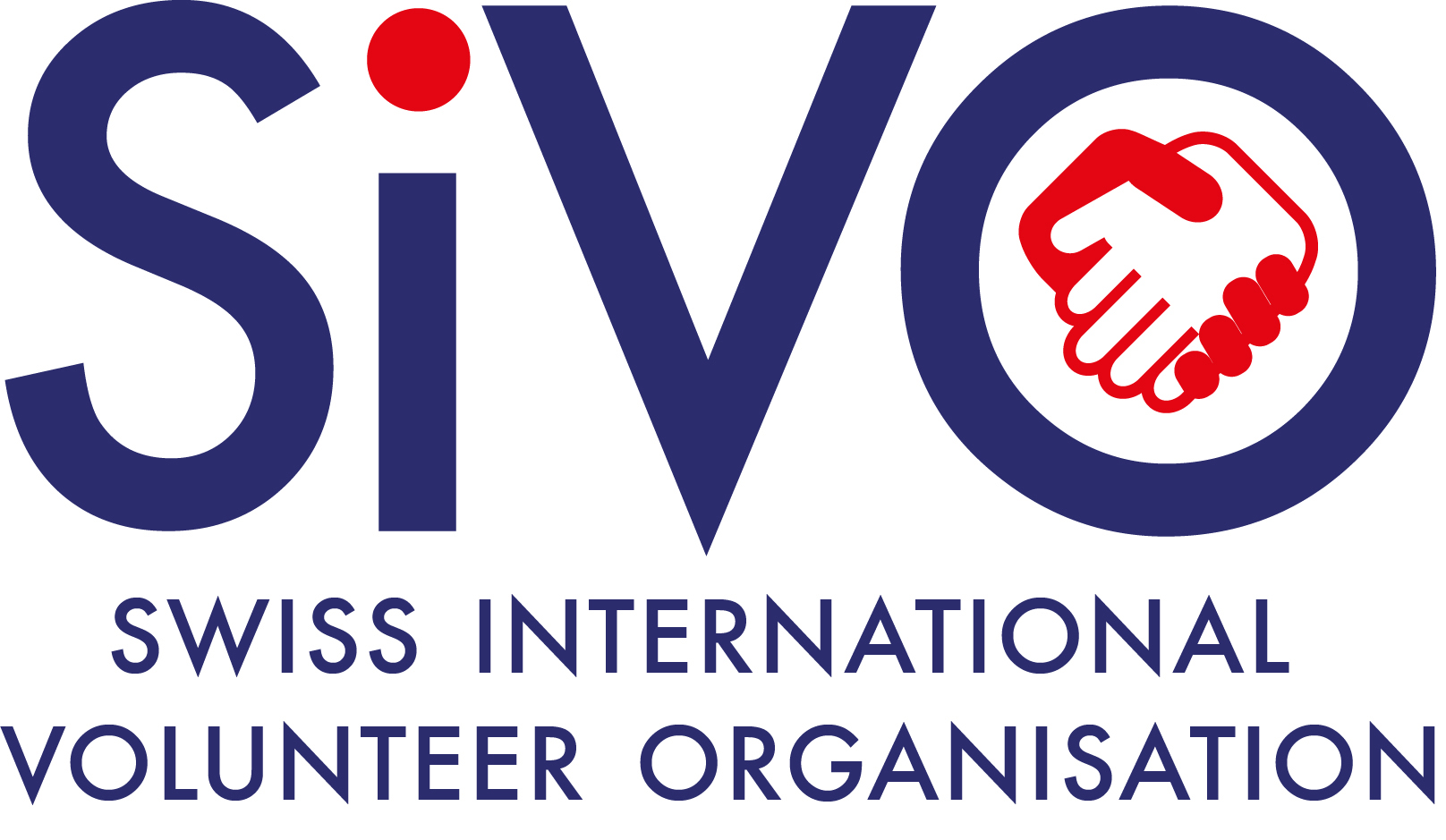By Carol Fishman Cohen | Harvard Business Review November 12, 2012 Issue www.hbr.org
Kathy Bayert has an MBA from Northwestern’s Kellogg School and a résumé that includes stints at IBM and PricewaterhouseCoopers. In 2003 she put her career on hold to stay home with her two children. Five years later, looking to return to work at age 42, she found that the gap on her résumé was the least of her problems: The economy was plummeting into recession. While scouring online job boards one day, she encountered an unfamiliar term: Sara Lee was advertising a “returnship.” It turned out that the opening was a short-term paid position designed for a professional who’d been out of the workforce for several years—basically, an internship for an experienced worker whose time off might scare recruiters away. Bayert applied, was accepted, and signed on. After her initial six-month assignment, she was hired as a senior manager of organizational effectiveness. The program, she says, was “critical as a springboard back into the workforce.
The challenge of relaunching a career after a hiatus (most often for full-time parenting) is not new, of course. Women (and some men) have been dealing with it for decades, and the economist Sylvia Ann Hewlett has explored it in a series of groundbreaking HBR articles and books. Still, it remains a hot-button issue: It’s an important part of the dilemma that Anne-Marie Slaughter laid out in her widely discussed essay in the July/August 2012 Atlantic, “Why Women Still Can’t Have It All.” Amid all the debate, however, some innovative organizations have been quietly experimenting with an option that may be part of the solution. “Returnships” (a term trademarked in 2008 by Goldman Sachs) help create what Hewlett calls “on-ramps” for people seeking to return to work. These short-term, nonbinding arrangements can be a valuable way to reduce the risks (real or perceived) of hiring people who’ve chosen to take an extended break.
Given the weak global labor market, this may seem a strange time for employers to be expanding their pipeline of prospective employees. But that view misses an important point. Even though unemployment is high, companies struggle to find the right applicants. The potential candidates for returnship programs are a high-caliber bunch. […] Returning professionals offer enlightened employers a rare opportunity: They allow them to hire people who have a level of maturity and experience not found in younger recruits and who are at a life stage where parental leaves and spousal job relocations are most likely behind them. In short, these applicants are an excellent investment. Using a returnship program as a screening tool lets employers skim the top talent from this pool and then make ultimate hiring decisions on the basis of meaningful work samples.
One of the oldest return-to-work programs is the UK’s Daphne Jackson Memorial Fellowships Trust, which began in 1985. It offers flexible part-time paid research positions at universities and companies to UK residents with an academic degree in science, engineering, or technology and with at least three years of related work experience. […]
How can employers set up successful returnships? Having studied programs at 14 organizations (several of which, including Goldman Sachs, Sara Lee, and Pace Law School, have sponsored conferences held by my company) and interviewed program directors and dozens of participants, I offer seven recommendations.
Keep it small.
Returnships are a new enough concept that even the companies that pioneered the practice keep them small; it’s easier to get buy-in and to build a successful track record that way.
Identify an internal champion (or two).
Returning-professional programs typically thrive only if they have a strong advocate, whether that person is an HR executive or, as at Sara Lee, the CEO.
Model the returnship on your existing internship program.
There’s no need to start from scratch. Many companies already have well-developed programs for college-age interns. The work assigned to returning professionals should be more challenging, but many other elements—the application process, the orientation, the duration, and mentorship arrangements—can be similar or even shared.
Introduce hiring managers to participants.
Particularly in science and technology fields, managers are often reluctant to consider people who’ve been out of the workforce, fearing that their skills are out-of-date. These reservations can be overcome by face-to-face meetings between managers and returnship participants; the latter group’s talent and seriousness about resuming work will quickly become clear.
Identify current employees who are good role models.
Although a returnship’s main purpose is to create an entry point for returning professionals, it’s important to give a good sense of the upward mobility participants can hope for if they attain a regular position. The best programs expose them to high-performing employees who took time off during their own careers.
Expand campus recruitment to include returnees.
This is the easiest—though most often overlooked—way to funnel returning-to-work professionals into your talent pipeline: When recruiting interns, make it clear that all ages are welcome.
Partner with an academic program.
Another way to provide opportunities is to reach out to universities and graduate schools, some of which are now offering short-term skill-building programs for the return-to-work demographic.
Comments are closed.


